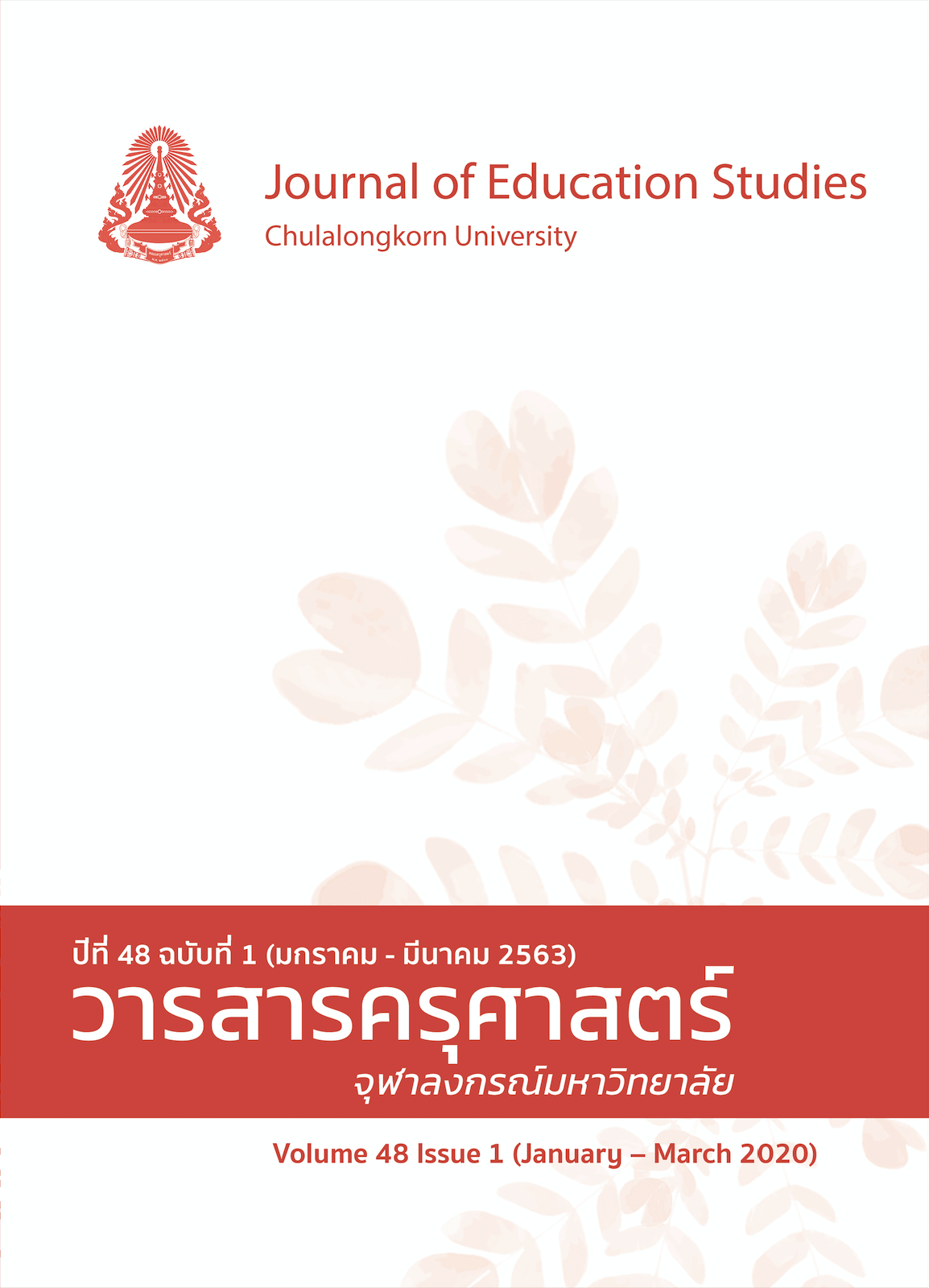The Direction of World Music Pedagogy: Definition, Principles, and Suggestions
Keywords:
world music pedagogy, curriculum development, teacher development, multicultural music education, primary educationAbstract
The concepts and techniques of world music pedagogy are used as tools for music education reform. They introduce various music cultural heritage into classroom learning with a view to applying these varieties of music into the curriculum while at the same time, preserving the local cultures of the school. World music pedagogy enhances perspectives towards different musical traditions and helps build connections between culture and society. Appreciation of world music is a rapidly growing phenomenon and recognition of this popular global trend is something Thai teachers need to be aware of, and key aspects should be included in the Thai curricula of primary level. World music pedagogy includes five steps: attentive listening, engaged listening, enactive listening, creating world music, and integrating world music and aims to: 1) address content or method of music programs in this global era, 2) respond to call for social responsibility, 3) acknowledge culture-specific principles of music transmission and learning, 4) emphasize the intercultural facets of artists, teachers and learners, 5) involve learners in listening that leads to participation, performance-informance, creative-invention, and music as human behavior with cultural meanings.




